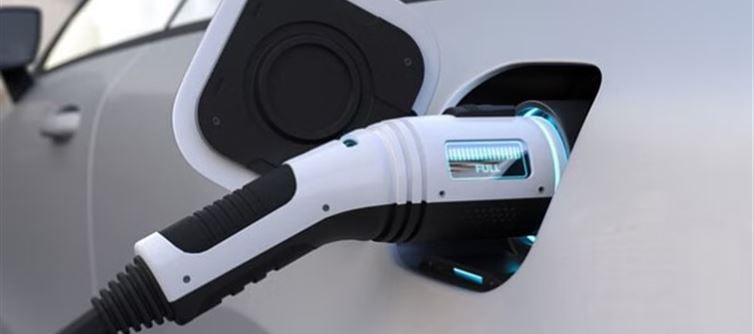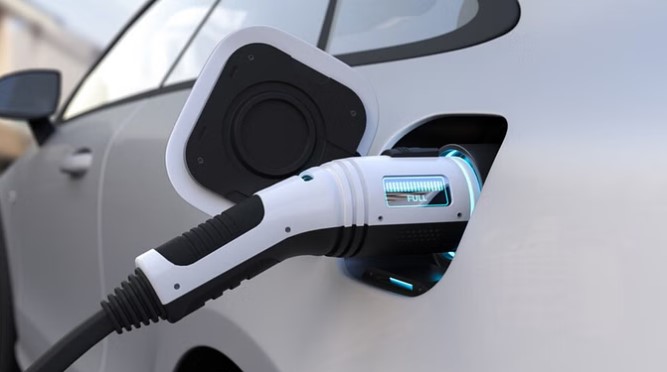
Odisha EV Policy 2025: Full Shift to Electric in Six Months
Govt vehicles to Turn Electric
Odisha government has unveiled its EV Policy 2025, aiming to replace all vehicles in government offices with electric vehicles (EVs) within six months.
School and educational institution buses will also be encouraged to switch to EVs within a year..
Waste & Tourism vehicles Go Electric
Housing and Urban Development Department to convert all garbage and waste collection vehicles into EVs within six months.
Tourism and Forest Department will electrify shuttle services at tourist places and amusement parks in six months.

Boat services to shift to paddle-based or solar-electric hybrid models within a year.
Ambulances & PCR Vans in Transition
All government ambulances and PCR vans will be converted into EVs within a year.
This move aims to cut fuel dependency, reduce emissions, and promote sustainable mobility across Odisha.
Buyer Incentives and Subsidies
Similar to the 2021 policy, direct incentives will be provided:
₹2 lakh on EV cars for transport use.
₹5 lakh for vehicles (3.5–7.5 tonnes).
₹7 lakh for up to 12 tonnes.
₹16 lakh for up to 18.5 tonnes.
₹18 lakh for up to 35 tonnes.
₹20 lakh for up to 55 tonnes.
Subsidy also proposed for converting old vehicles into EVs.
30% cost reimbursement for two-wheelers, and up to 25% subsidy for three-wheelers and light cargo EVs.
Extra benefits for owners scrapping old vehicles and buying new EVs.
Charging Infrastructure Push
Major investment planned in charging stations over 5 years.
Fast charging points to be installed at every feasible fuel station and OSRTC bus stands.
Government to provide viability gap funding for DC fast chargers.
Focus on Battery Swapping & Research
25% capital subsidy (up to ₹2 lakh) for battery swapping stations.
At least 3 Centers of Excellence to be set up in Bhubaneswar, Balasore, Rourkela, Sambalpur, Koraput, and Brahmapur.
Dedicated ₹15 crore R&D fund under the Chief Minister’s EV Research Grant.
Future Targets
50% of new vehicle registrations to be EVs by 2030.
Target rises to 70% by 2036 and 80% by 2047.
Policy remains effective until 31 December 2030.




 click and follow Indiaherald WhatsApp channel
click and follow Indiaherald WhatsApp channel